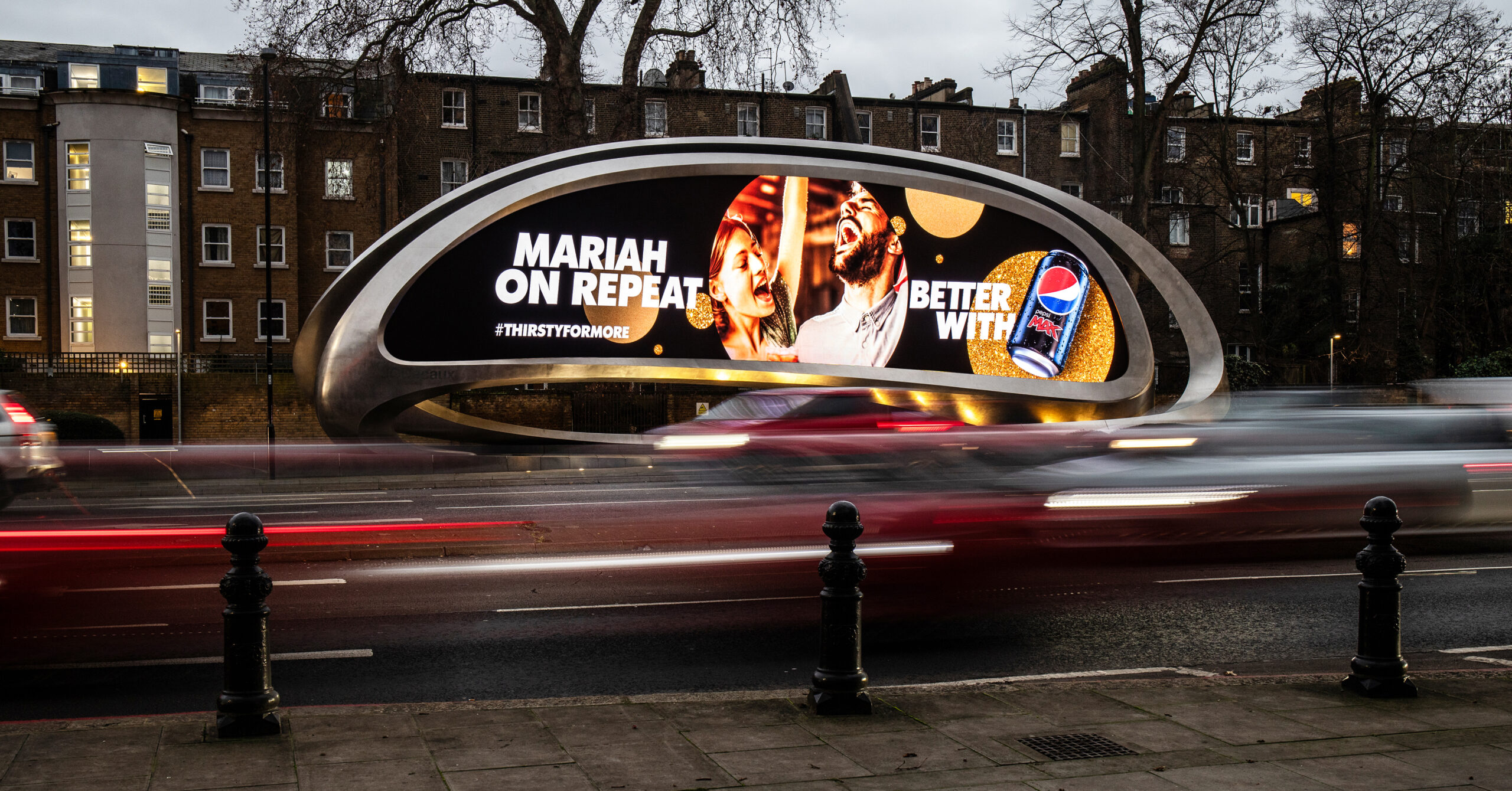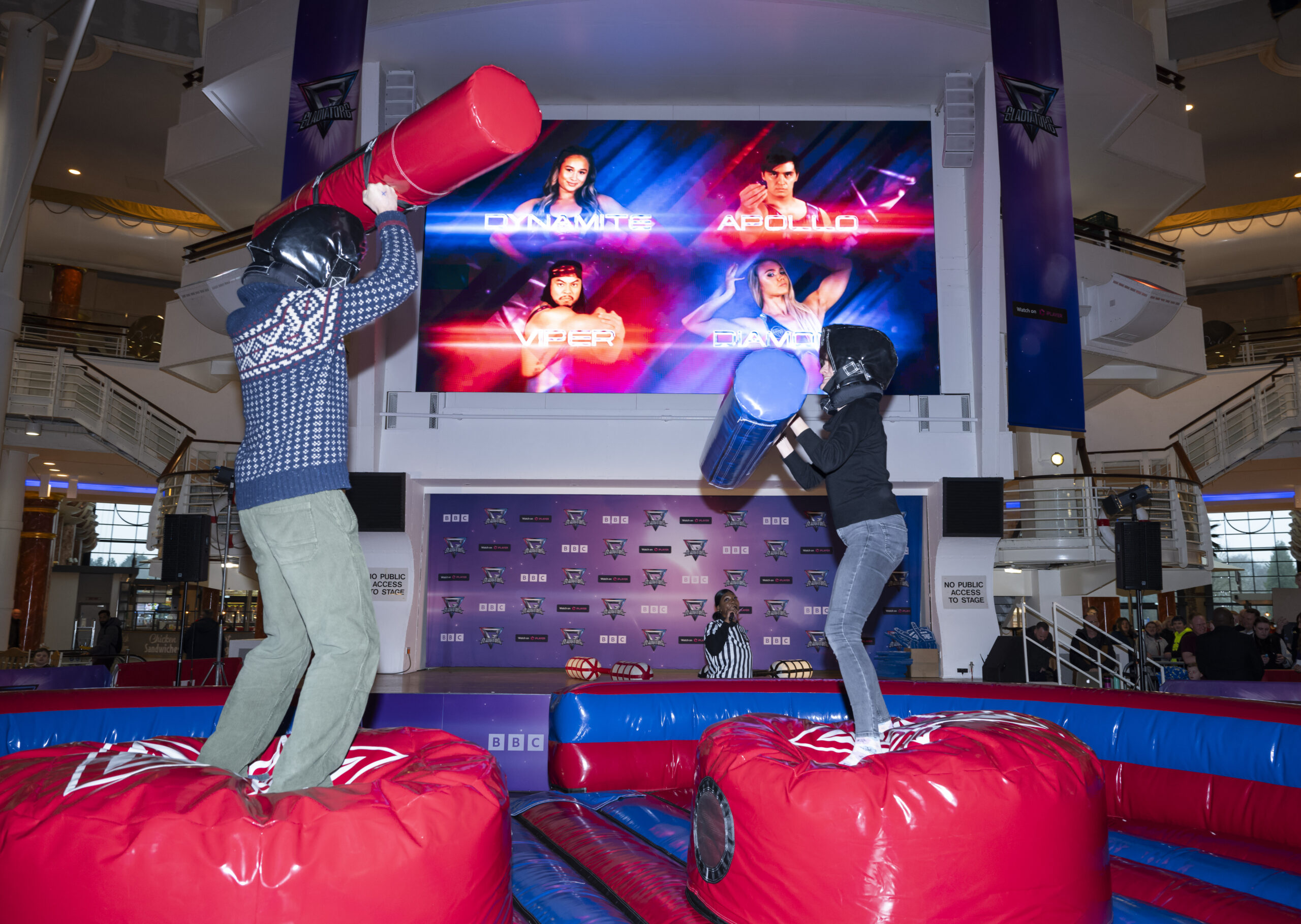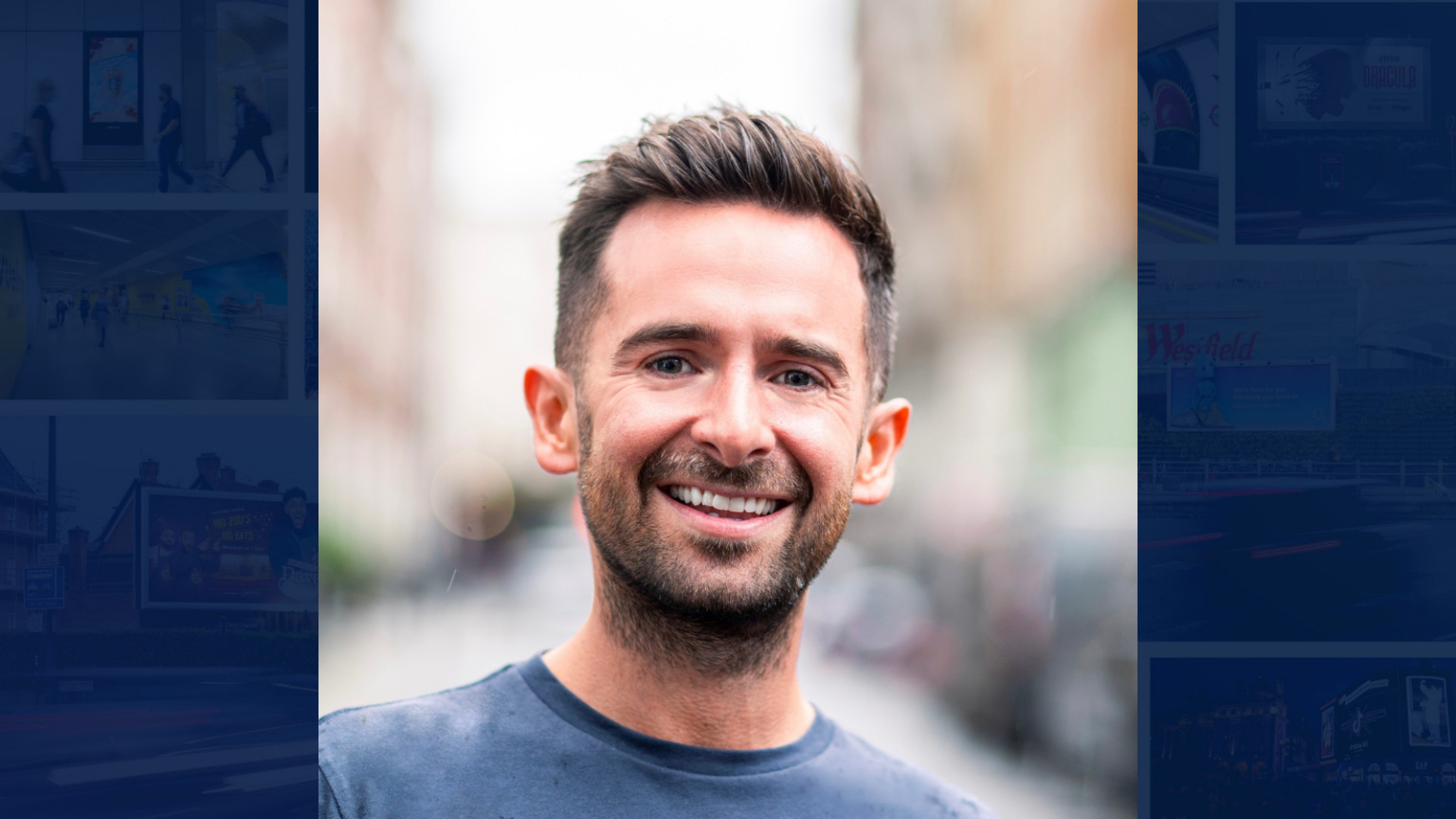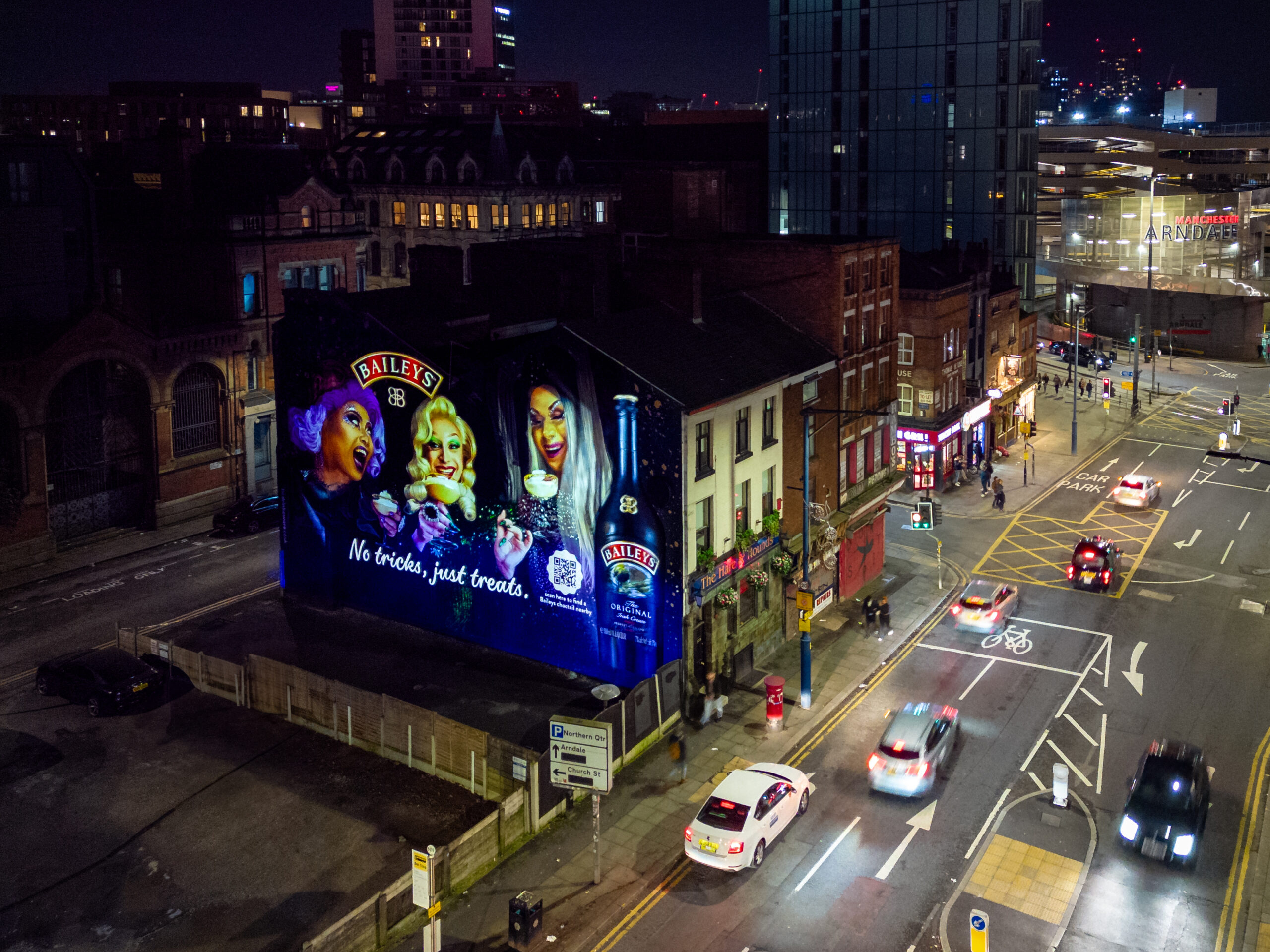You Like To-may-toes & I Like To-mah-toes: TSL’s Notes From NYC
Following a 3 month project across the pond researching the US DOOH market, Tim is back! Here he shares a few thoughts on the similarities and differences between the US and UK DOOH markets and what he learnt along the way.
The two cities in the world I always wanted to work in are London and New York. So when a GV project came up ‘State-side” I was more than happy to ship over and I’m pleased to report that NYC lived up to expectations. Coming home to find an Adam Sandler movie being shot literally on my doorstep, bowling in Brooklyn, big media owner parties, great people and excellent food contributed to a collection of archetypal and enjoyable NYC experiences. Also, as a fervent Crystal Palace supporter it was a delight to watch games live in a bar with the 10 or so NY Eagles fans. Due to the time difference having a pint at 10am was a new (and due to Palace’s form often necessary) experience.
Much to the relief of the London office I also spent time looking into the US DOOH market. Like the UK, the US market has seen major Outdoor Media Owners begin to digitise their current outdoor inventory and also seen new agile players come into the market offering all-Digital networks. The sector has also seen new players operating niche place based networks at universities and gyms for example.
While network expansion, market share and revenue growth have therefore shown some similarities – albeit on a much bigger scale in the US, there are also some real differences between the markets. Perhaps the first notable distinction is one of definition. Just like the song “You like to-may-toes and I like to-mah-toes” which pokes fun at the different dialects – the terminology and the way the sector is categorised in the US market is an important distinction and one that makes market comparisons even harder.
In the UK, the generic term for screen media outside of the home is “Digital Out of Home” (DOOH). In the US however, the medium is divided into two categories defined as Digital Place-based Advertising (DPA) and Traditional Digital. DPA is described as “Digital networks or screens in place based venues such as retail, transit, malls, grocery, health clubs, gas stations, office buildings, hotels and other out of home consumer venues”. Digitised roadside billboards, mass transit and street furniture are considered ‘traditional’ digital OOH. No such distinction exists in the UK.
Whilst in New York I attended the DPAA Digital Media Summit last October and discovered that the category of Digital Place-based Advertising was seen by many at as an effective (some would say essential) way to sell certain DOOH formats/networks as part of a broadcast and video plan.
Other differences between the UK and US markets can be seen in the deployment and implementation of digital assets across mass transit, roadside and the craziness of Times Square.
If you are using public transport in London you will be exposed to hundreds of screens whether travelling by Rail or Underground. Different formats surround you in the station ticket halls, concourses and through onto the station platforms. A quick walk around New York shows quite a different picture. Whilst digital formats certainly do exist in certain US stations and subway systems, they are not as ubiquitous as they are in London where they are part of the fabric of the environments and the customer journey.
The majority of US roadside billboards are static and in some parts there has been quite a lot of resistance from local authorities in granting planning permission for digital screens mainly due to reasons of aesthetics and road safety. For those roadside digital billboards that have been granted permission, creative is normally completely static for legal reasons. Lamar for example has over 1,800 roadside digital billboards in their national network, almost all of which are static. In the UK, these formats do allow for some subtle motion and for locations in city centres there is usually more flexibility for full motion.
Times Square is the obvious landmark example of a densely populated large screen environment. It’s a truly amazing canvas of really big LED and has hosted so many innovative stunts in recent years. Check out Clear Channel’s Dunk Tank and of course GV’s Disney extravaganza. This year will also see the world’s largest LED screen installation by Panasonic in another hub of digital inventory, Las Vegas. The “Big Board” at the America & Churchill Downs Racetrack will be 171-foot wide by 90-foot tall and display at 4K resolution.
America is big. Clear Channel lists 5 offices in the UK vs 38 market offices in the US. These markets operate fairly independently, so a national US campaign is more akin to running something European wide than nationally across the UK.
It was a fantastic to get “up close and personal” with US DOOH on the East Coast. Now to put forward a business case for 3 months on the West Coast – I hope there’s a Crystal Palace supporters club there!




